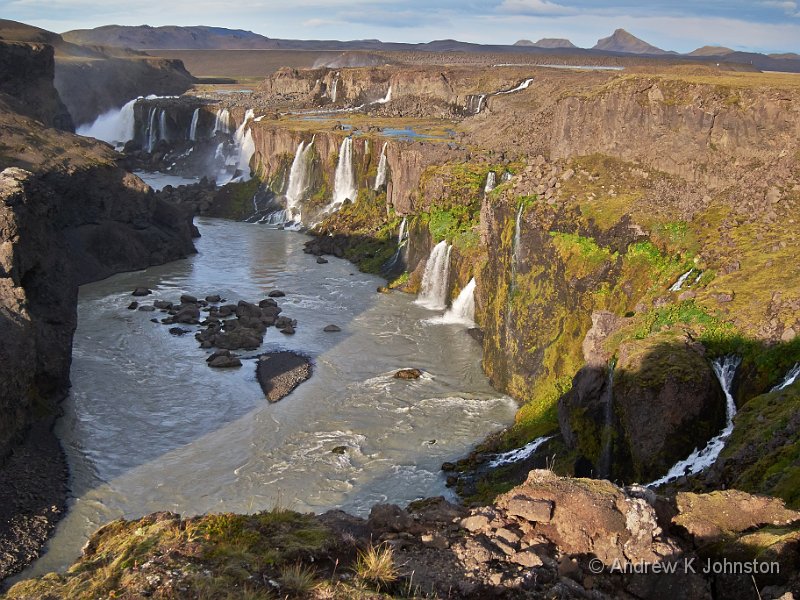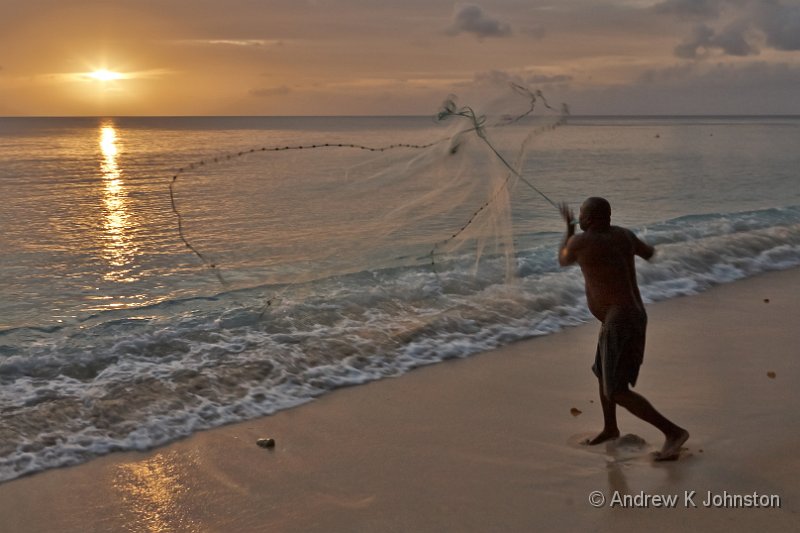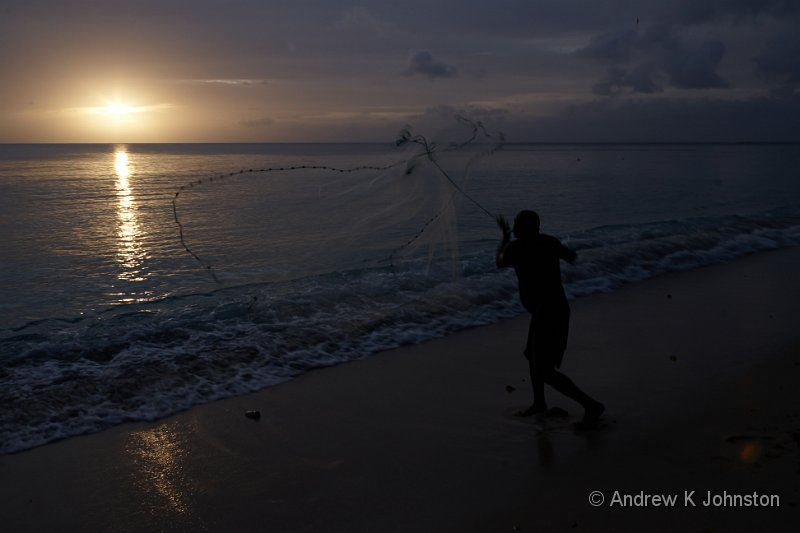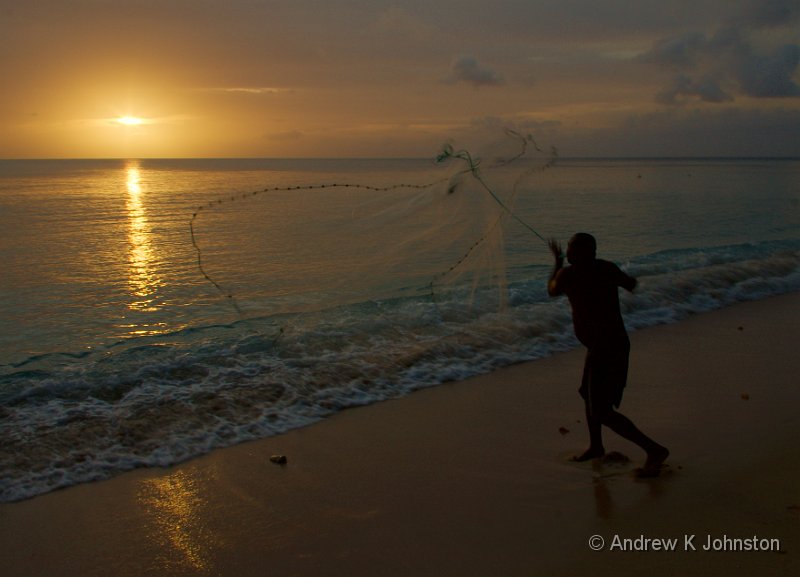There’s a salutory lesson here about not jumping to premature conclusions. Based on my first impressions of this camera I had mentally started drafting a review based on praising the hardware, but with some criticism of the software and firmware. I even had a great tag line: “A camera for adventurers who want a few pictures, rather than photographers who want adventures”. That was before the snorkelling trip…
For many years now if there’s been the prospect of either snorkelling or diving on holiday I’ve taken a Canon PowerShot S-series or G-series camera with its waterproof housing. I’ve had at least three generations of that solution, which have been utterly reliable and produced some good results. However they are a bulky solution in these days of reducing baggage allowances, and somewhat slow and clumsy in operation.
This year, therefore, I decided to try a different solution, and opted after some deliberation for one of the new “ultra tough compacts”. While Canon and Panasonic both have a comparable solution, after some deliberation I went for the Olympus TG2, based on a combination of its looks and spec.
This is supposedly a very tough piece of kit – waterproof to 15m, drop-proof to 2m, crush-proof to 100kg and with a large operating temperature range. The downside is that this is a market where the competition is intense but based on point for point feature matching, with a focus on improving things like nominal depth protection rather than the photographic features.
That meant that even before use in anger there were some compromises: none of the cameras in this class do RAW, even though Canon, for example, support this fully on their smaller high-end compacts like the S95. to make things worse the TG2 also lacks many of the some other fundamental tools to control exposure such as automatic bracketing (despite a very high frame rate which would support it well), or shutter priority.
The lack of these features is a complete mystery to me, when these cameras are allegedly designed to be used in conditions where the lighting as well as the environment will be challenging…
Early trials did suggested that the camera does have accurate, fast autofocus (which was something I particularly wanted), and makes a decent job of auto exposure in most cases. Picture quality is OK, but the noise levels rise rapidly at ISO 800 and above, the JPEGs have a somewhat “overprocessed” look, and there’s some noticeable pincushion distortion on underwater shots, even at medium zoom. These are presumably all the result of the tiny sensor, which is significantly smaller than in compacts like the Canon S95.
So, off to Barbados and into the water with the turtles. One immediate observation was that the display is very difficult to use at snorkelling depths (where there may be quite a lot of ambient light from above/behind you), and the tiny font becomes illegible for a user like me with ageing eyes. A “high contrast” option on the display, and a large-font “quick menu” option (like on all my Canon and Panasonic cameras) would be useful.
However, a few minutes into the snorkelling session I noticed a much more serious problem: the camera kept on switching itself off, and the battery level was dropping almost as I watched. I managed to snatch a couple of shots, but the camera was really misbehaving, and I had to give up.
Back on the boat the problem was immediately apparent – the camera had sprung a leak presumably through the cover for the USB port, as that had evidence of water inside it. However, instead of being limited just to the port section, the water had spread rapidly through the camera with the result that the lens was misting up and the electrical problems were getting rapidly worse. Although I tried drying the camera out and recharging it, it’s now completely dead. Fortunately I had invested in a waterproof SD card, so I managed to rescue a few decent shots, but otherwise it’s a write-off.
This is an extremely poor design. As you have to charge the battery in camera (using the proprietary USB cable – another peeve), there’s no option of just sealing the camera for a complete trip. You would also think that the camera would have some measure of “double sealing” so that in the event of a leak into the port or battery/card openings the water wouldn’t permeate quickly into the rest of the electronics, but this is clearly not the case.
This camera is completely inadequate for its intended use. Fortunately my suppliers (the excellent Wex Photographic) have promised me a full refund. I will not be spending it on Olympus equipment.


 List
List Abstract
Abstract One+Abstract
One+Abstract







 Thoughts on the World (Main Feed)
Thoughts on the World (Main Feed) Main feed (direct XML)
Main feed (direct XML)